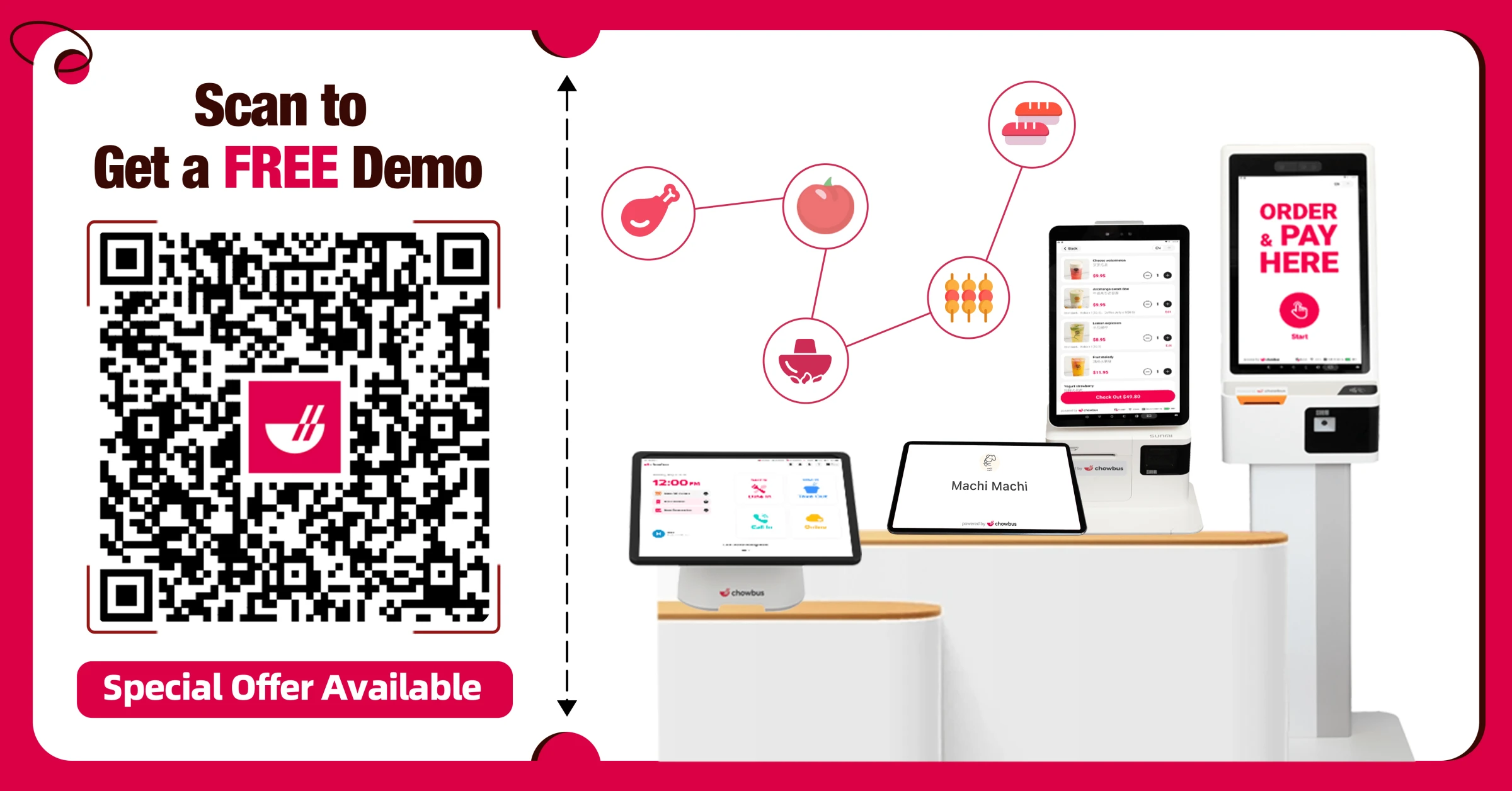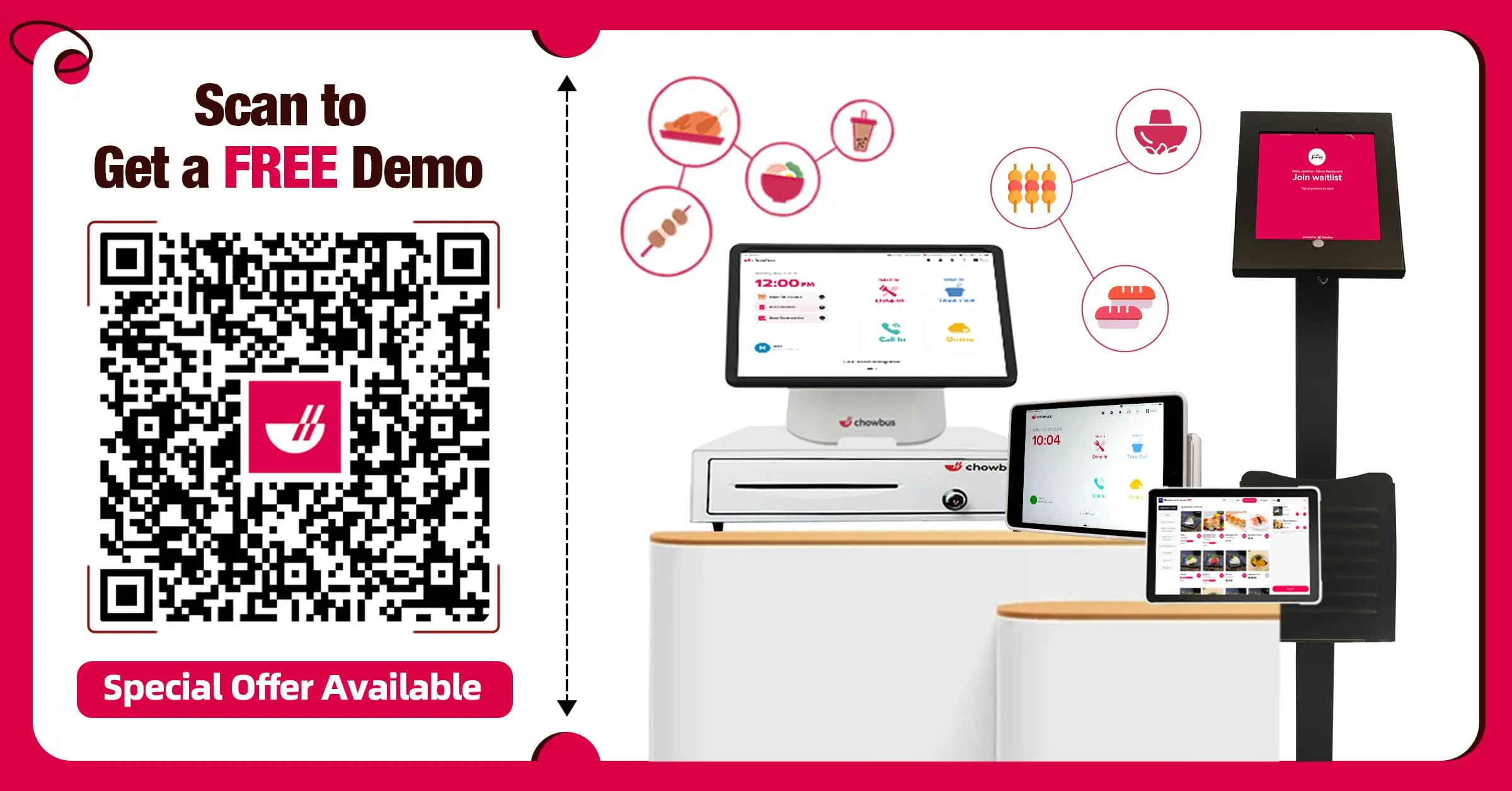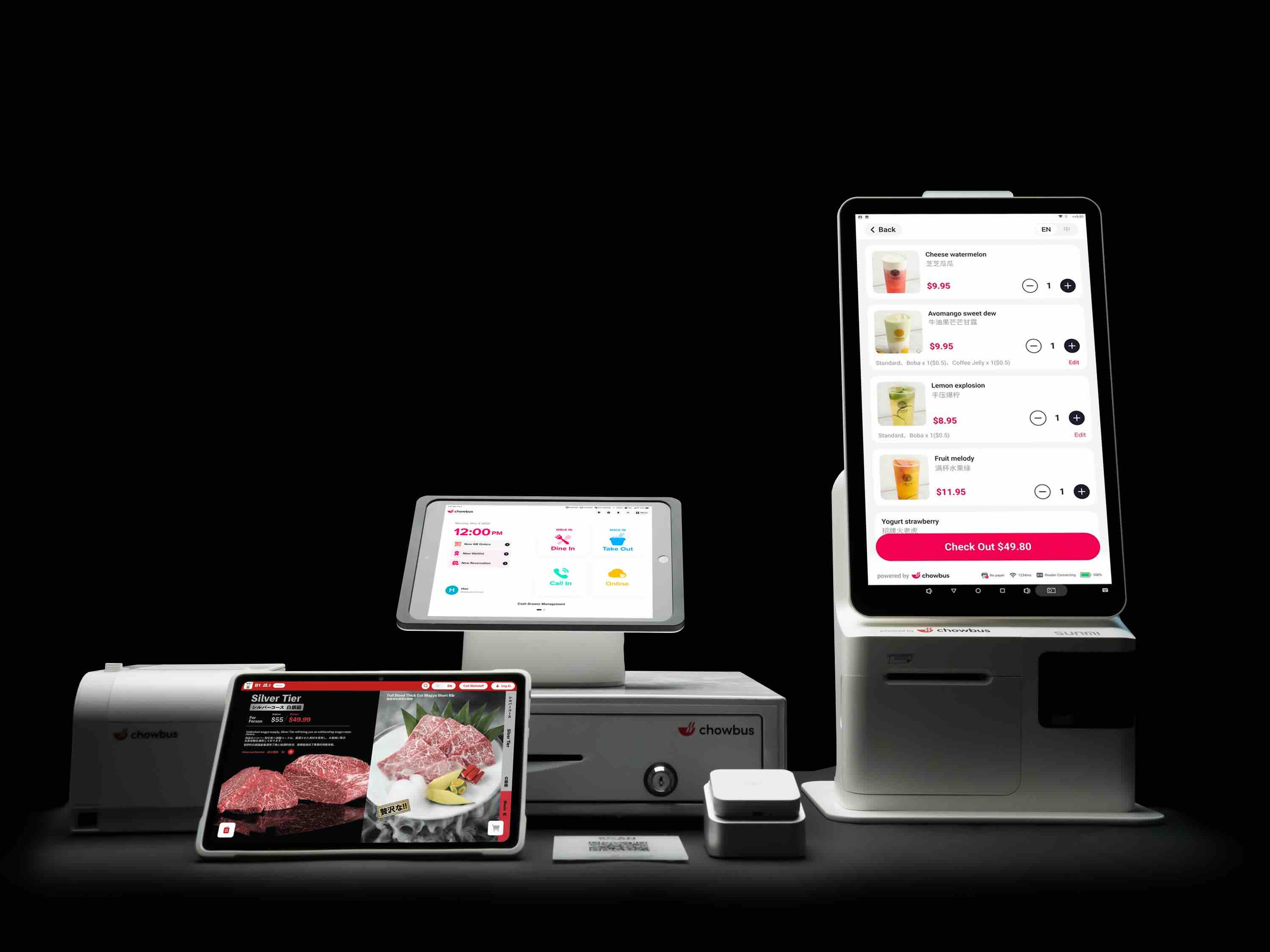How to Measure Customer Satisfaction in Restaurants: 7 Steps

Are you struggling to keep guests coming back or to figure out what’s stopping them from leaving glowing reviews? Discover how to measure customer satisfaction in restaurant settings to boost loyalty and profits. Inconsistent feedback, unclear performance metrics, and difficulty retaining regulars can all stand in the way of achieving top-quality service.
In this blog post, you’ll find several proven steps to gauge how satisfied diners are, so you can identify what’s working—and what needs a tweak. Ready to find out where your restaurant stands in your guests’ eyes?
Let’s jump right in.

How to Measure Customer Satisfaction in Restaurants
Maintaining high customer satisfaction is essential for the success of any restaurant. By implementing effective measurement strategies, you can gain valuable insights into your guests’ experiences and make informed decisions to enhance their dining journey. Here are seven steps to help you measure customer satisfaction in your restaurant.
1. Gather Direct Feedback On-Site
Face-to-face interactions remain one of the clearest ways to learn how patrons feel about meals and service.
Use Simple Surveys and Comment Cards: Handing over a short card with open-ended questions or a quick rating scale can capture opinions. Place these at tables or near the checkout area. You could also display a small sign asking for honest thoughts.
In-Person Check-ins: Encourage managers or designated staff members to stop by tables. A friendly question like, “Is everything to your liking?” can lead to valuable insights. This approach feels personal and shows genuine concern for diners’ experiences.
Encourage Honest Responses: Some diners may shy away from sharing negative feedback, especially when speaking face-to-face. A clear invitation to share areas for improvement creates an open environment. Avoid pressuring guests into giving exclusively positive remarks.
What to Watch Out For: When staff consistently hear that menu items are too salty, for example, it’s a clue that a recipe tweak might be in order. Track these recurring comments in a central location to ensure you can look for patterns.
Guests appreciate feeling heard, and real-time feedback lets you address issues on the spot. Small adjustments can be made quickly, which can sway a guest from walking out dissatisfied to leaving with a smile.
Want more insights on capturing valuable customer opinions? Read our detailed guide on 'Restaurant Customer Feedback: How to Get Customer Feedback' to enhance your approach and gather actionable insights.
2. Monitor Online Reviews and Ratings
Online reviews are like a public report card for your restaurant. Regularly checking platforms like Yelp, Google, and TripAdvisor helps you understand what guests really think about their dining experience. This step not only informs you about what's working well but also highlights areas that might need improvement.
Engage with Your Reviews: Make it a habit to respond to reviews, both positive and negative. A simple thank you to a positive review shows appreciation and reinforces good relations. For negative reviews, offer a polite apology and suggest moving the conversation offline to resolve the issue. This approach shows potential customers that you are proactive and care about guest satisfaction.
Analyze Feedback for Trends: Look for common themes in reviews. Are guests consistently praising a specific dish? Maybe they're frequently commenting on long wait times? Such patterns are valuable indicators of what might need to be celebrated or improved in your operations.
Use Reviews as a Benchmark: Keep an eye on how your competitors are reviewed as well. Understanding their strengths and weaknesses through guest feedback can help you adjust your service or menu to gain a competitive edge.
Incorporating these practices into your management routine will provide you with direct insights from your guests, enabling you to maintain and enhance the dining experience effectively.
3. Track Social Media Mentions
Social media is a powerful tool for measuring customer satisfaction. By keeping an eye on what customers say about your restaurant online, you can quickly gauge their reactions and overall satisfaction.
Utilize Monitoring Tools: Platforms like Hootsuite or Mention are invaluable for keeping track of mentions, hashtags, and keywords associated with your restaurant. These tools streamline the process, allowing you to see what people say across various social media platforms in real-time.
Engage Actively with Your Audience: When customers mention your restaurant, responding promptly can turn a casual mention into a positive experience. Whether it’s a compliment or a complaint, acknowledging the comment shows that you value customer feedback and are attentive to their needs.
Address Issues Swiftly: If a customer posts a concern or complaint, addressing it quickly and publicly demonstrates your commitment to customer service. Offer solutions or ask for more details to resolve the matter privately. This helps retain the unhappy customer and shows potential customers that you are proactive and care about guest satisfaction.
By monitoring and engaging with social media mentions, you keep your finger on the pulse of customer sentiment, helping you to understand and enhance their dining experience.
4. Analyze Sales Data and Repeat Visits Using Your Restaurant POS System
Carefully analyzing your POS data and tracking repeat visits are key to understanding customer satisfaction. By examining the busiest times, average spending per visit, and which items guests order again, you can discern not only what draws them back but also what might be falling flat.
Evaluate Peak Hours: Identifying when your restaurant is most frequented provides a clear indication of when guests prefer to dine. This data helps optimize staff schedules and menu availability to better serve your patrons during these times.
Assess Average Checks: Observing the average amount spent per table reveals the level of satisfaction with your menu offerings. A higher average suggests that guests feel the value of their meal justifies the cost, while a sudden drop could indicate dissatisfaction or a need for menu adjustments.
Monitor Repeat Orders: Tracking which dishes are ordered repeatedly lets you pinpoint your menu’s successes. These favorites are what keep guests coming back, signaling that they enjoy what you serve.
Leverage Loyalty Programs: Analyzing how guests use loyalty programs provides insights into their engagement and satisfaction. High redemption rates mean your incentives are working and that guests are eager to return, motivated by the rewards on offer.
By integrating these observations, you can make informed decisions that enhance the dining experience, ensuring that guests return and spread positive word-of-mouth about your restaurant.

5. Observe Customer Behavior
Observing customer behavior provides direct insights into their satisfaction that you might miss in feedback forms or online reviews. Here’s how you can use these observations to gauge how guests feel about their dining experience:
Watch Verbal and Non-Verbal Cues: Pay close attention to both what customers say and their body language. Are they smiling, relaxed, and engaged in conversation? Or do they seem frustrated and checking their watches? These cues can tell you a lot about their comfort and satisfaction.
Note Duration of Stay: How long customers stay at your restaurant can also provide clues about their experience. A quick meal might suggest they’re in a rush, but if they linger, enjoy desserts, or order another round of drinks, it’s often a good sign they feel welcome and satisfied.
Track Order Patterns: Keep an eye on what dishes customers order most frequently and any changes in their ordering habits. A surge in orders for a particular dish may indicate a favorite, while a decline could suggest it’s time to revamp that part of the menu.
Monitor Return Frequency: How often customers return is perhaps one of the most straightforward indicators of satisfaction. Regular guests typically mean you’re doing something right, whether it’s the food, the atmosphere, or the service. Conversely, if you notice a drop in repeat visits, it might be time to investigate potential issues.
Using these strategies allows you to capture a real-time snapshot of guest satisfaction and make immediate adjustments to enhance their experience. Watching and responding to how customers interact with your restaurant gives you the agility to maintain high satisfaction levels consistently.
6. Implement Customer Satisfaction Surveys (CSAT/NPS)
Sending out customer satisfaction surveys is a direct approach to measure how well your restaurant meets guest expectations. Opt for brief, digital surveys either immediately after a meal or through a follow-up email. This method allows you to capture immediate, relevant feedback while the dining experience is still fresh in your guest's mind.
Choose the Right Tools:
Use platforms that facilitate quick survey creation and distribution. Tools like Google Forms or SurveyMonkey offer user-friendly interfaces for both you and your diners.
Focus on Key Metrics:
Net Promoter Score (NPS): This metric reveals how likely your guests are to recommend your restaurant to others on a scale of 0 to 10. Scores of 9 to 10 indicate promoters who can boost your reputation through positive word-of-mouth. Scores of 0 to 6 are detractors, guests whose experiences may deter others if improvements are not made.
Customer Satisfaction Score (CSAT): Typically measured on a scale of 1 to 5, this score helps you understand the overall satisfaction level of your guests regarding a specific visit. It helps pinpoint areas of delight and concern.
Keep Surveys Concise:
Limit questions to ensure higher completion rates. Ask direct questions like "How satisfied were you with your meal?" or "How likely are you to visit us again?"
Analyze and Act:
Collect responses continuously to track trends and identify areas for improvement. Share these findings with your team and develop strategies to enhance guest experiences.
Implementing these surveys not only helps you gauge customer loyalty and satisfaction but also demonstrates your commitment to improving guest service. By acting on the insights these surveys provide, you can make targeted enhancements that significantly improve the dining experience.
7. Act on Feedback & Communicate Improvements
Once you collect feedback, the next crucial step is to act on it effectively and let your guests know about the changes you've made. This not only shows that you value their input, but it also demonstrates your commitment to enhancing their dining experience. Here's how to do it:
Create an Action Plan: Identify the most common feedback themes and assign team members to tackle each issue. Whether it’s improving service speed or refining a menu item, specific assignments ensure that improvements are managed efficiently.
Implement Changes: Take decisive action based on the feedback. If guests frequently comment on the slow service during peak hours, consider adjusting your staffing levels or reorganizing the workflow to address these concerns.
Train Your Staff: Keep your team informed about the feedback and the steps you’re taking to improve. Regular training sessions can help align staff with the new changes and ensure everyone is on the same page.
Update Your Guests: Use your social media platforms, email newsletters, or even in-store signage to inform guests about the improvements you’ve made based on their feedback. This transparency builds trust and can turn occasional visitors into regulars.
Measure the Impact: After implementing changes, closely monitor if the adjustments lead to improved guest satisfaction. This might be through follow-up surveys or by observing an increase in repeat customers.
Actively engaging with guest feedback and demonstrating that you are making changes based on their experiences reinforces a positive image of your restaurant. This approach not only satisfies current guests but also attracts new ones by showcasing your dedication to excellence.
Now that you know how to measure customer satisfaction, learn how to take it to the next level. Read our blog on 'How to Increase Customer Satisfaction in Restaurants' to discover actionable strategies that work!
Conclusion
Measuring customer satisfaction in your restaurant is essential for understanding your guests' experiences and driving continuous improvement. By gathering direct feedback, monitoring online reviews, tracking social media mentions, analyzing sales data, observing customer behavior, and implementing effective surveys, you gain a comprehensive view of what delights your diners and what needs attention. Acting on these insights allows you to enhance the dining experience, foster loyalty, and boost your restaurant’s success.
Ready to take your customer satisfaction efforts to the next level?
Chowbus POS offers an all-in-one restaurant POS solution designed to streamline your operations and increase your revenue.
Book a Free Demo/Consultation with Chowbus POS today and discover how our technology can help you deliver exceptional experiences that keep your guests happy and your business thriving!

Frequently Asked Questions On How to Measure Customer Satisfaction in Restaurants
Explore these frequently asked questions to better measure customer satisfaction in your restaurant. By staying informed about these common queries, you can enhance your ability to assess and improve the dining experience for every guest.
How Do Restaurants Measure Customer Satisfaction?
Restaurants measure customer satisfaction primarily through customer feedback forms, online reviews, and direct interviews. They also track repeat visits and observe customer behavior during meals. Additionally, many use mystery diners who anonymously evaluate the dining experience. These methods help restaurants gather valuable insights to improve service and meet customer expectations.
How to Check Guest Satisfaction in a Restaurant?
To check guest satisfaction in a restaurant, you can use the following methods:
Provide comment cards that guests can fill out after their meal.
Set up a digital survey that can be accessed via QR codes placed on tables.
Train staff to ask for direct feedback during or after the meal.
Monitor online reviews on platforms like Yelp, Google, and TripAdvisor.
Implement a follow-up system via email or SMS to collect feedback after the dining experience.
What is the KPI for Measuring Customer Satisfaction?
Key Performance Indicators (KPIs) for measuring customer satisfaction in restaurants include customer satisfaction scores, net promoter score (NPS), repeat visitation rates, online reviews and ratings, and service time. These KPIs help restaurant owners understand how satisfied customers are with their dining experience, influencing future improvements and strategies to enhance customer loyalty and satisfaction.
What is the Most Commonly Used Measurement for Customer Satisfaction?
The most commonly used measurement for customer satisfaction is the Customer Satisfaction Score (CSAT). This metric is typically obtained by asking customers to rate their satisfaction with a product, service, or experience on a scale, often from 1 to 5.
How to Measure Customer Satisfaction Without Surveys?
To measure customer satisfaction in restaurants without using surveys, you can observe and analyze several indicators. Monitor social media and review platforms for customer feedback and ratings, noting both praise and complaints.
Pay attention to repeat business and customer retention rates, as frequent visits indicate satisfaction. Also, observe customer behavior and interactions in the restaurant, such as their expressions, the time spent dining, and whether they leave tips.
Implement a secret shopper program where trained individuals pose as customers to provide detailed feedback on their dining experience. These methods offer valuable insights into customer satisfaction without the need for surveys.
What Questions to Ask in a Survey for Customer Satisfaction?
When creating a customer satisfaction survey for a restaurant, consider including these key questions:
How would you rate your overall dining experience?
How satisfied were you with the taste and quality of your food?
Was our staff friendly and helpful?
How would you rate the cleanliness of our restaurant?
How timely was the service you received?
Did you find our menu varied and appealing?
How likely are you to recommend our restaurant to others?
Do you have any suggestions for how we might improve your experience?
These questions aim to gauge various aspects of the customer experience, helping you identify strengths and areas for improvement.
Have more questions? Visit our blog section for additional insights and updates to help you keep your guests happy and your restaurant thriving.

Recommended Articles: